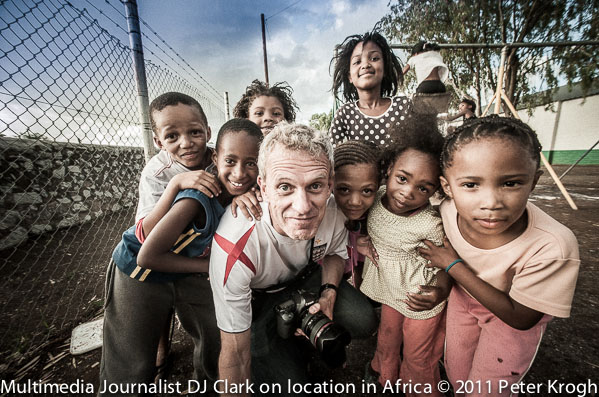I read a post on boingboing recently that got me thinking. In it, Cory Doctorow takes a swipe at business models where the term Content is part of the core plan. (“Content” has the stink of failure…)
While I don’t entirely agree that the term Content is a marker for a poor business plan, Cory raises some interesting points. The form of the presentation must drive the design of the material. New technologies and formats create new opportunities and limitations for the artist/writer/photographer/musician/publisher/whatever. (DJ Clark, for one, is working to create good disciplined thinking about the form, structure and usage of content as it relates to various media.)
 Repurposing material has created a lot of wealth. Great books can be turned into movies or even video games. Movies have had multiple new commercial lives being repurposed for tv, DVD and streaming.
Repurposing material has created a lot of wealth. Great books can be turned into movies or even video games. Movies have had multiple new commercial lives being repurposed for tv, DVD and streaming.
So it’s tempting to create a business plan that is medium-agnostic (as Cory says, to remove all “form-dependent elements.”) The “content”, the theory goes, could be created in a non-native form, and simply poured from bucket to bucket, reducing the friction for each new instance of monetization.
I agree that this feels like MBA-think which does not respect the creator, audience or real value of the product.
However, there is an element of “Content” that is essential as part of a media business plan. But that content exists in the underlying ideas or story, not the exact expression in a particular medium. The story of To Kill a Mockingbird has a beautiful perfection in the manuscript form, but also a different beautiful perfect form in the 1962 Universal Pictures version. The content is the language in the original book, but on a more fundamental level, the content is the story and the characters.
When used in the proper context, “Content” is at the core of all media enterprise. It’s essential to understand exactly what your real content is. Is it the words or images, or is it the underlying ideas? There’s no universal shortcut for creating form-independent expressions of content, but there are huge opportunities in understanding the opportunities new forms present.
